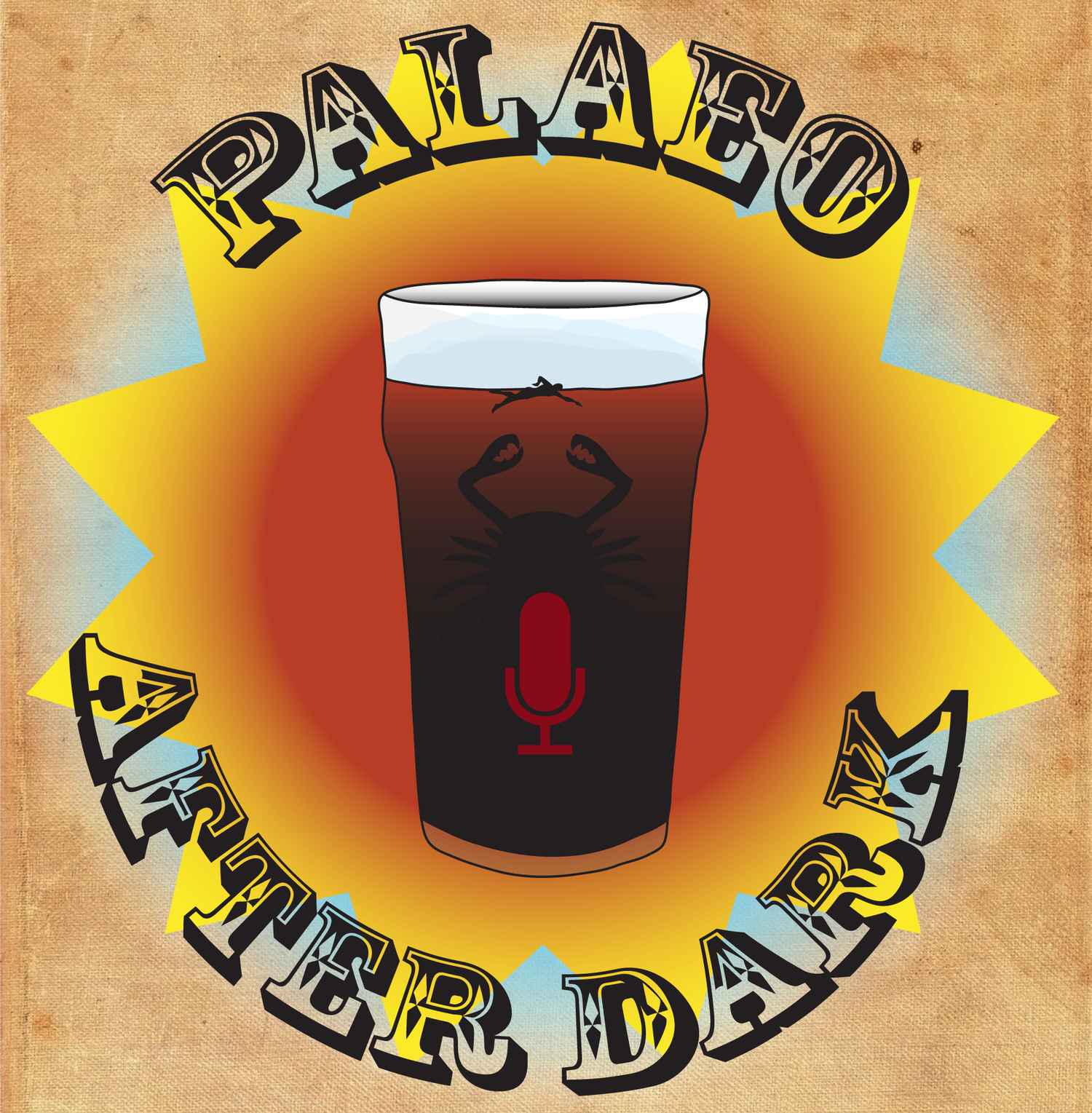Podcast 178a - "Paradise Falling" Part 1
/The gang celebrates the end of the year by taking another break to play Fiasco, a crime/noir storytelling game by Bully Pit Games. This campaign will be broken into two parts.
The afternoon sun cast long, hazy blades of light across the linoleum floor of the Blue Label Diner in downtown Paradise Falls. Bill Larsen took a moment to stretch his aching back before hunching again to buff the counter with his cleaning rag. With weary eyes, he turned his attention back to the out-of-towner who was furtively sipping her coffee. She pulled out a notebook and pen from her jacket pocket and set them expectantly on the counter, waiting for Bill to speak.
“Do ya want some apple pie? Best in town.” No other restaurant in Paradise Falls sold apple pie, and Bill knew that.
The woman shook her head, “Mr Larsen, I’m just here to learn the facts about what happened in your town. So please…. from the beginning…”
“How did it all happen? Well that’s a long story.” He paused and gave a winking smirk “Ya sure ya don’t need somethin’ more to eat?”
The woman tapped on her notebook.
“Let’s see, well to understand any of it ya have to go back to the beginning. Ya see, first came the storm. Terrible winds ripped through our poor town like the gates of hell just opened up. Thank God most of the town was spared. Well…. except for the Tully farm. Such a waste really. Beautiful property that farm, and been with the family for generations. Pity Miss Tully had to sell. But in the long run, sad as it is to say, and I do feel just awful sayin’ it, but in the long run I think ya gonna see that sellin’ that farm was the best thing that ever happened to this town.”
The door to the Blue Label Diner swung open as another patron entered. With him came billowing black smoke from the outside, some of the thick soot that was beginning to blanket the entire downtown; a new daily ritual for Paradise Falls. The sunlight through the windows began to wane as the world outside became consumed in an ever thickening dark cloud of chemicals. But inside the diner there was coffee and pie.
"Paradise Falling" is a surreal tale of paranoia, failure, and cold hard capitalism.
"Andreas Theme" Kevin MacLeod (incompetech.com)
Licensed under Creative Commons: By Attribution 3.0
http://creativecommons.org/licenses/by/3.0/

















